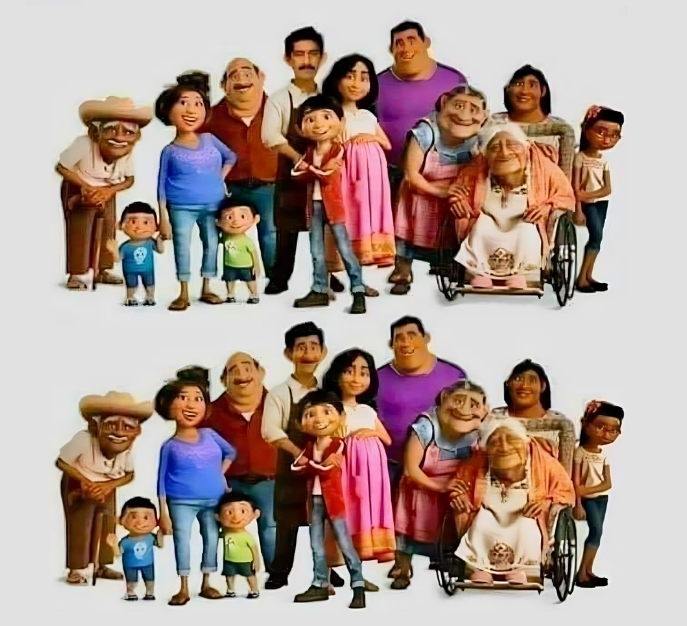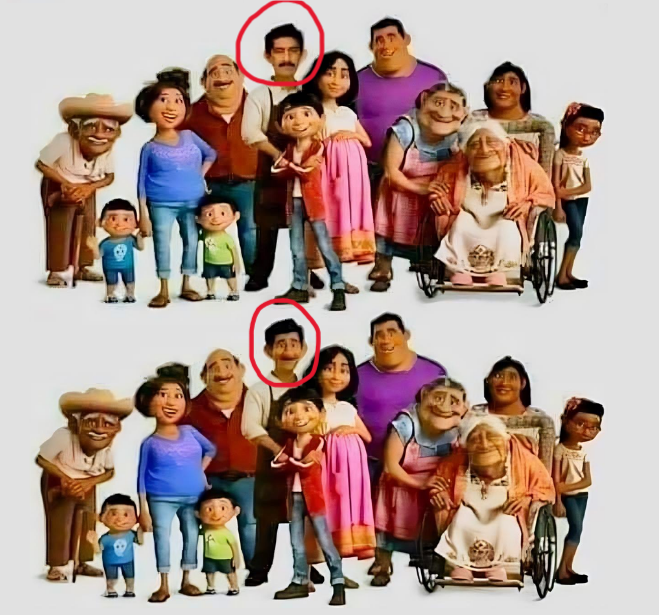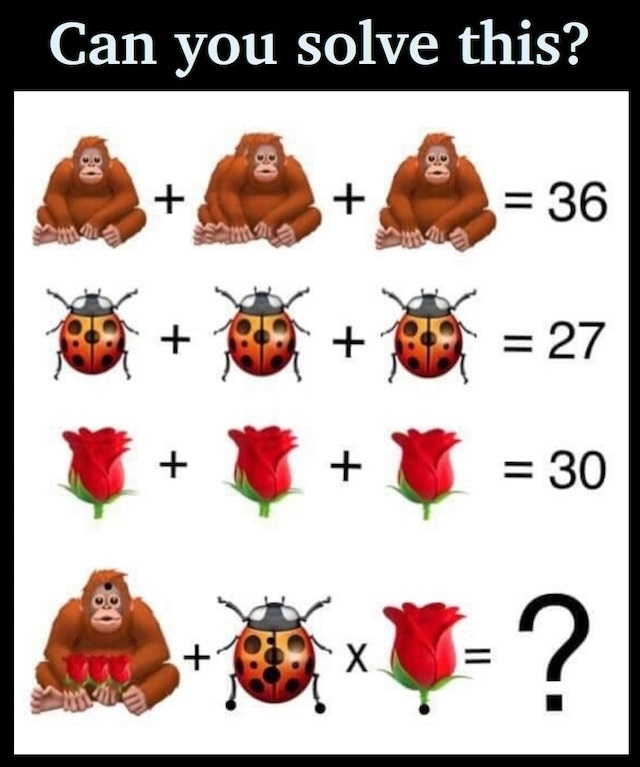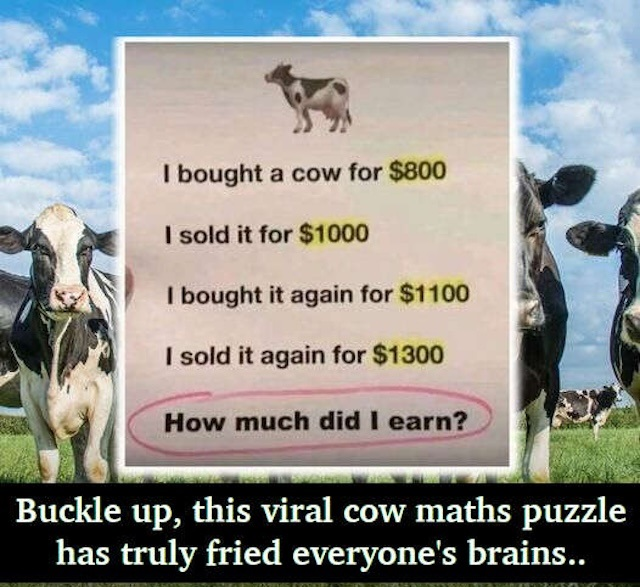Can You Find the Hidden Difference in These Two Pictures?
Have you ever come across a spot-the-difference puzzle and thought, “This looks too easy,” only to find yourself stumped?
These seemingly simple puzzles can test your observation skills in unexpected ways.
Today, we’re diving into a particularly challenging example. At first glance, the two images appear identical, but there’s one subtle difference hiding in plain sight. Can you spot it?

The Fascination Behind Spot-the-Difference Puzzles
Spot-the-difference puzzles are more than just a fun pastime—they’re a fantastic workout for your brain.
They force you to pause, focus, and analyze, enhancing your attention to detail. The charm lies in their balance of simplicity and complexity.
The concept is straightforward, but the execution can be surprisingly tricky.
This particular puzzle is unique because it features only one difference. For many, this minimalism amplifies the challenge,
making it easy to miss even when the discrepancy is right in front of them.
Why Do We Miss the Differences?
Spotting the difference in such puzzles often proves harder than anticipated. Here’s why:
- Assuming Big Differences: We tend to look for obvious changes—like missing objects or color swaps.
When the change is subtle, such as a slight shift in expression, it’s easy to overlook. - Overlooking Small Details: Minor changes, like hand positions or facial adjustments, can blend seamlessly into the image.
- Focusing on the Wrong Areas: Our eyes are naturally drawn to certain parts of an image, often missing other sections.
- Pattern Recognition Bias: The brain seeks symmetry and patterns, sometimes “filling in the blanks” and assuming both images are identical.
Step-by-Step Guide to Solving This Puzzle
If you’re struggling to find the difference, don’t worry. Follow these steps to crack the puzzle:
- Take a Holistic View: Start by observing the images as a whole. Compare them side by side without focusing on specific details yet.
A quick scan might reveal glaring inconsistencies. - Divide the Image into Sections: Mentally split the images into zones—top, middle, and bottom. Compare each section systematically.
- Pay Attention to Characters: Analyze the characters closely. Look at their faces, postures, and expressions. Pay special attention to their eyes, noses, and hands.
- Focus on the Man Next to the Pregnant Woman: After carefully scanning, you’ll notice a difference in the man standing next to the pregnant woman.
His facial expression is subtly altered between the two images, particularly in his eyes and nose.

Why Small Differences Are Difficult to Spot
Even after discovering the answer, many are surprised they didn’t notice it sooner. Here’s why spotting subtle changes is so challenging:
- Cognitive Bias: Our brains naturally assume two similar images are identical, especially when scanned quickly.
- Inattentional Blindness: Focusing intensely on one part of an image often leads us to miss changes elsewhere.
- Information Overload: With so many details to process, the brain can easily overlook minor inconsistencies.
Benefits of Solving Spot-the-Difference Puzzles
These puzzles aren’t just entertaining—they’re excellent for your mental fitness. Here’s how they help:
- Improves Attention to Detail: Regular practice trains your brain to notice subtle differences.
- Boosts Memory: Comparing and contrasting elements enhances memory retention and recall.
- Encourages Patience and Focus: These puzzles require methodical examination, teaching you to slow down and analyze.
- Enhances Problem-Solving Skills: Identifying discrepancies engages logical thinking, a skill useful in everyday life.
Challenge Your Friends!
Now that you’ve solved the puzzle, why not share it with your friends or family? See how quickly they can find the difference.
You’ll likely get varied responses—some might solve it instantly, while others struggle.
Discuss their strategies: Did they scan the whole image first or focus on specific sections? Sharing approaches adds a fun, competitive element to the experience.
Final Thoughts
Spot-the-difference puzzles are a delightful way to challenge and improve your observation skills.
They remind us to pay attention to life’s small details, offering a mix of fun, patience, and skill-building.
Whether solving puzzles or navigating daily life, honing your focus and attention to detail will always serve you well.
So, dive into another puzzle, challenge your brain, and enjoy the process. Happy puzzling!
Share this content:









Post Comment